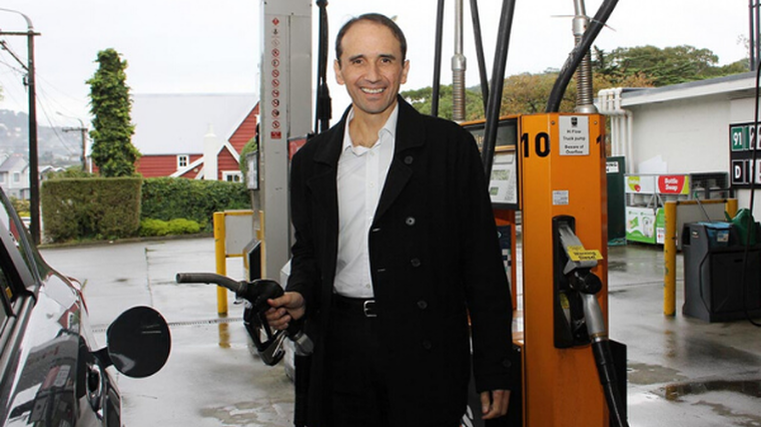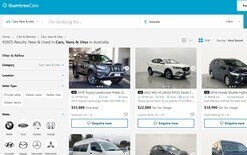Call to address safety before emissions

The Motor Trade Association (MTA) is urging the government to prioritise improving the safety of vehicles on our roads before trying to make them more environmentally friendly.
Craig Pomare, chief executive, is making the plea after the government announced plans to slash the average carbon dioxide (CO2) emissions from light passenger vehicles by 2025 through the introduction of a clean car import standard.
He acknowledges it is important to address climate change and understands the decision to progress the standard, which was announced on January 28.
“The overall targets and timing are very aggressive but there is not enough detail to fully assess the market impact five years from now,” says Pomare, pictured.
“Of immediate concern to MTA is the safety issues in the existing fleet of 4 million vehicles. The country must address the number of New Zealanders dying on the roads because their cars are not safe. Today one in ten fatal crashes involve a vehicle factor.”
The MTA also expects the new standard to push prices for fresh imports higher, which may force some consumers to purchase cheaper, older cars from within the existing fleet.
“The New Zealand vehicle fleet is getting older, not younger, and we know people are more likely to die in older cars,” explains Pomare.
“While we need do something about emissions we also need to save lives by encouraging drivers to buy and maintain newer, cleaner, safer vehicles.
“We need to look at safety and the environment for the whole life cycle of the vehicle.”
To incentivise safe choices by consumers, the MTA recommends the government consider rebates linked to emissions and safety ratings, and a scheme for scrapping older vehicles.
In 2017, the average age of New Zealand’s light passenger vehicle fleet was 14.4 years. This is older than in the US, where it was 11.6 years for cars and light trucks in 2016, and Australia, which averaged 10.1 years for all vehicles in 2016.
The MTA warns older cars lack the crash mitigation safety features found in newer cars.
Greig Epps, advocacy and strategy manager, adds the MTA agrees with other industry bodies that suggest a longer time frame, such as 2028 or 2030, to reach the government’s CO2 goals.
“The policy will serve to increase the price of most ICE vehicles, given it is likely that very few will meet the CO2 target rates,” he explains.
“The cleaner options, such as EVs, are currently more expensive and are expected to remain expensive for some years yet. In short, motoring in general will be more costly – unless our calls for meaningful incentives are heeded.”
Epps warns the targets and timing of the proposed clean car import standard will impact the market in a way that makes “any sort of newly imported vehicle a costly transport option”.
“There is not really enough information available to predict the outcomes,” he says. “We don’t know if the penalty rates will be those that were previously consulted on or whether some form of weight banding be applied. Importantly, are used imports facing the same penalty rates as new?
“Details like these will heavily influence the outcomes and market reactions.”





